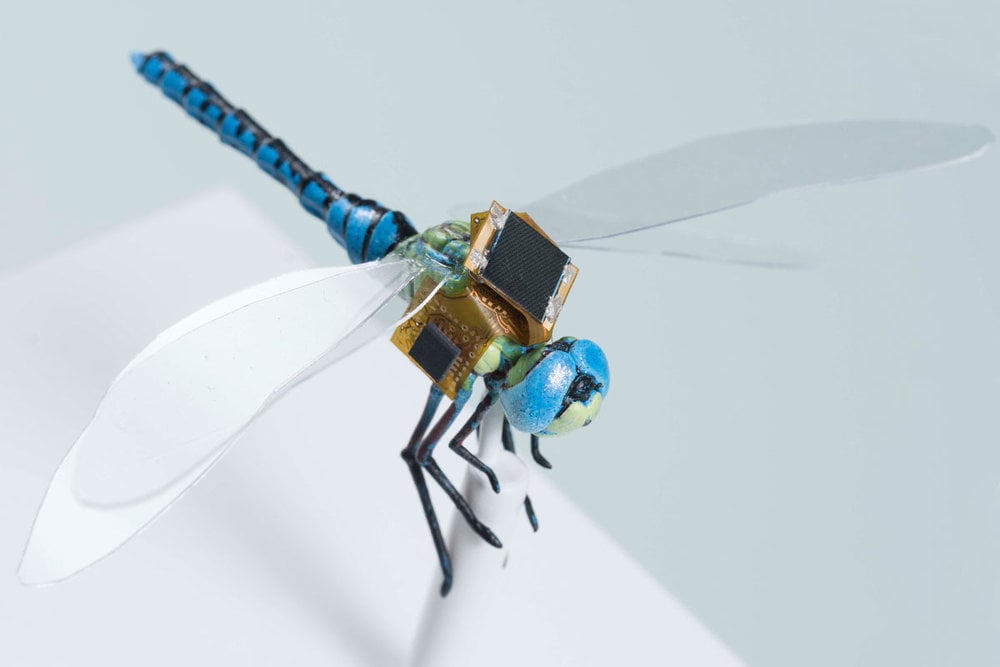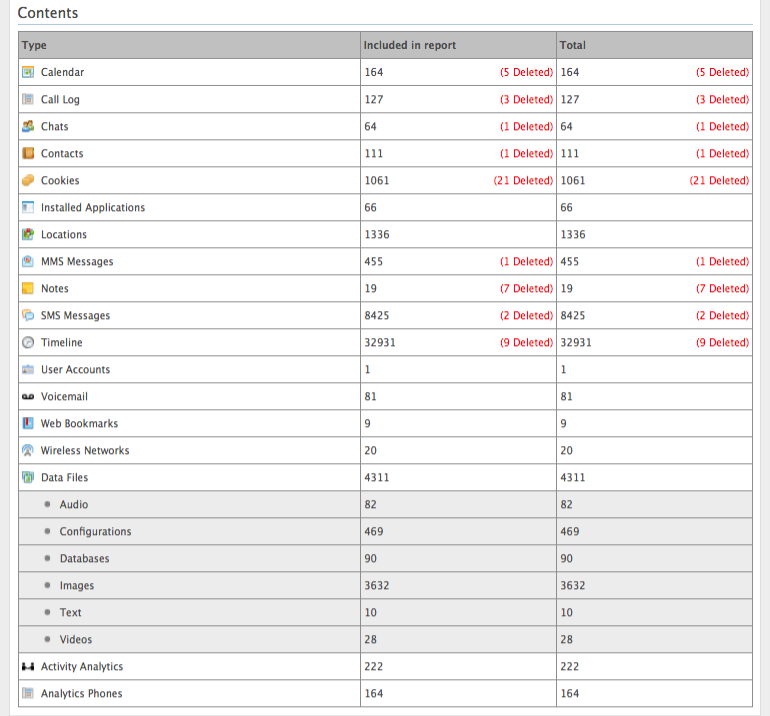Surveillance tools for “War on Terror” used on indigenous activists
“A shadowy international mercenary and security firm known as TigerSwan targeted the movement opposed to the Dakota Access Pipeline with military-style counterterrorism measures, collaborating closely with police in at least five states, according to internal documents obtained by The Intercept. The documents provide the first detailed picture of how TigerSwan, which originated as a U.S. military and State Department contractor helping to execute the global war on terror, worked at the behest of its client Energy Transfer Partners, the company building the Dakota Access Pipeline, to respond to the indigenous-led movement that sought to stop the project.
TigerSwan spearheaded a multifaceted private security operation characterized by sweeping and invasive surveillance of protesters.
Activists on the ground were tracked by a Dakota Access helicopter that provided live video coverage to their observers in police agencies, according to an October 12 email thread that included officers from the FBI, DHS, BIA, state, and local police. In one email, National Security Intelligence Specialist Terry Van Horn of the U.S. attorney’s office acknowledged his direct access to the helicopter video feed, which was tracking protesters’ movements during a demonstration. “Watching a live feed from DAPL Helicopter, pending arrival at site(s),” he wrote. Cecily Fong, a spokesperson for law enforcement throughout the protests, acknowledged that an operations center in Bismarck had access to the feed, stating in an email to The Intercept that “the video was provided as a courtesy so we had eyes on the situation.”









